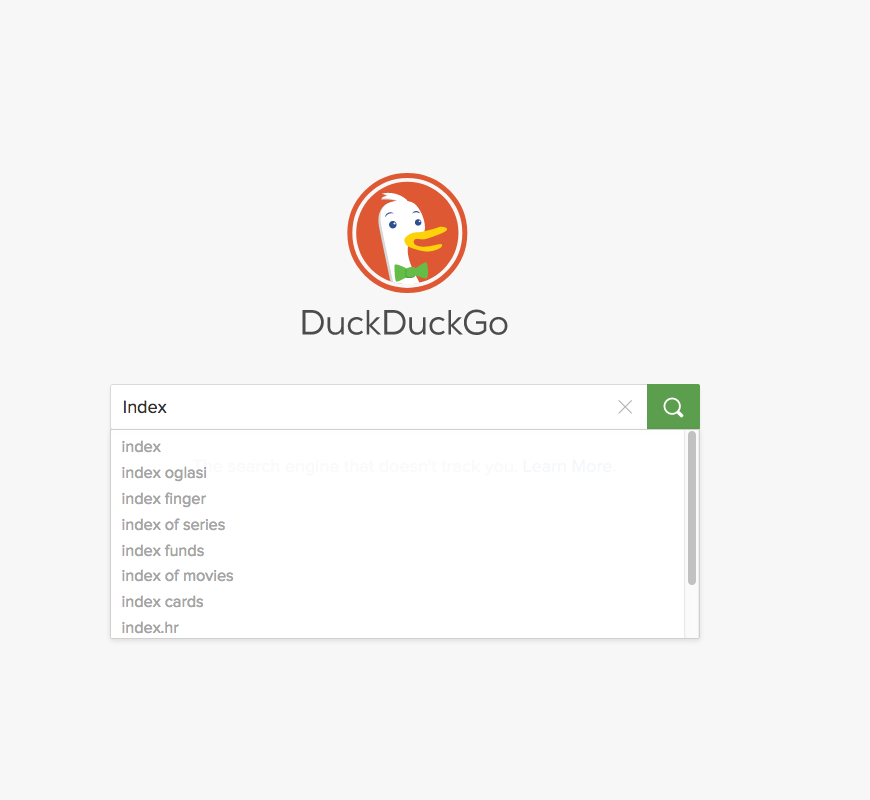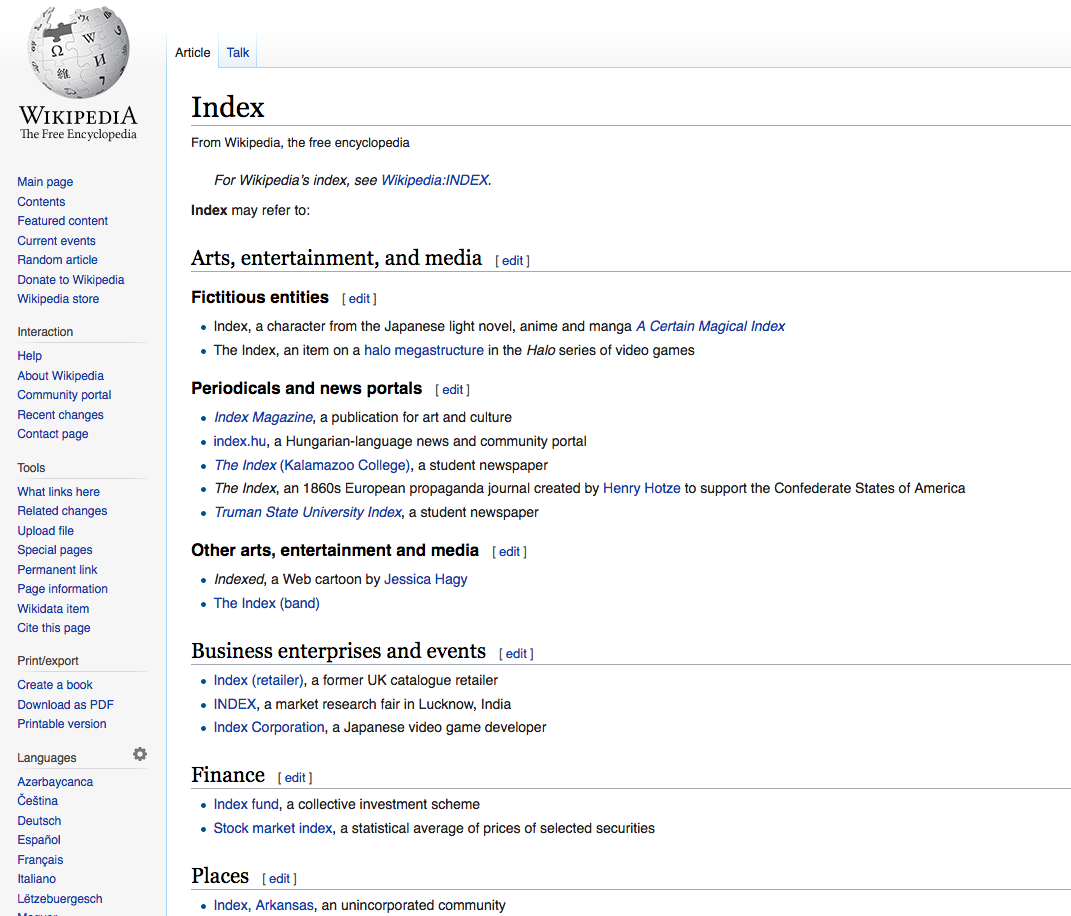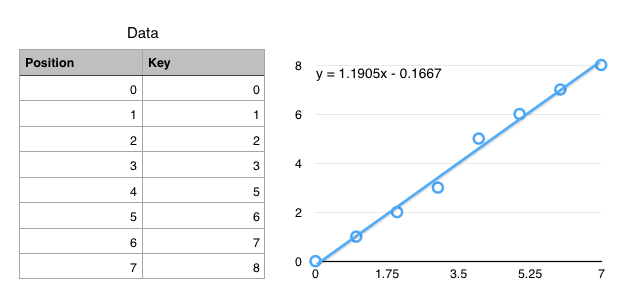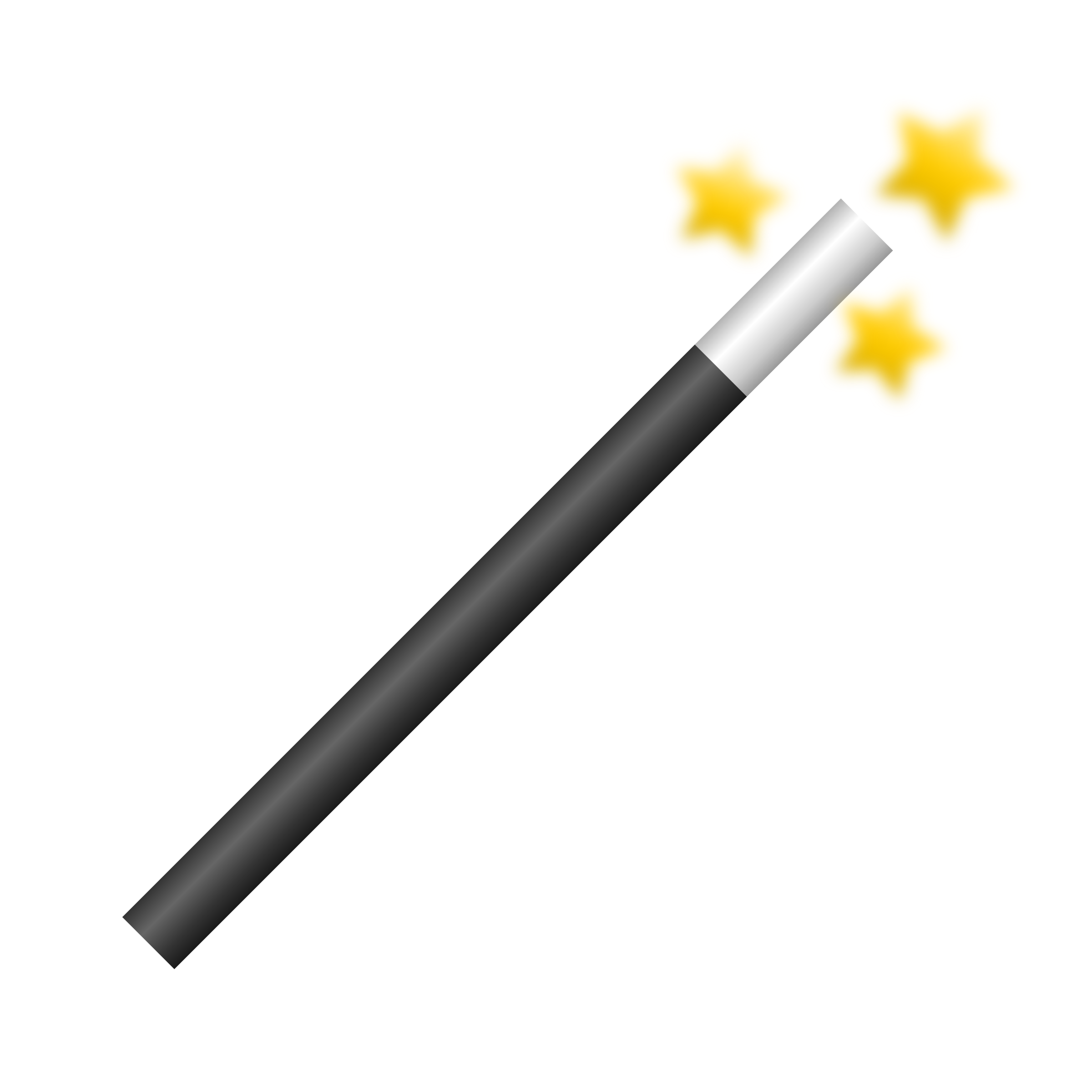CSE 4/562 - Database Systems
Indexes
CSE 4/562 – Database Systems
February 23, 2018
Recap
Index

Data

Data, even if well organized still requires you to page through a lot.
An index helps you quickly jump to specific data you might be interested in.
Data Organization
- Unordered Heap
- No organization at all. $O(N)$ reads.
- (Secondary) Index
- Index structure over unorganized data. $O(\ll N)$ random reads for some queries.
- Clustered (Primary) Index
- Index structure over clustered data. $O(\ll N)$ sequential reads for some queries.
Hash Indexes
A hash function $h(k)$ is ...
- ... deterministic
- The same $k$ always produces the same hash value.
- ... (pseudo-)random
- Different $k$s are unlikely to have the same hash value.
Modulus $h(k)\%N$ gives you a random number in $[0, N)$
Problems
- $N$ is too small
- Too many overflow pages (slower reads).
- $N$ is too big
- Too many normal pages (wasted space).
Idea: Resize the structure as needed
To keep things simple, let's use $$h(k) = k$$
(you wouldn't actually do this in practice)
Problems
- Changing hash functions reallocates everything
- Only double/halve the size of a hash function
- Changing sizes still requires reading everything
- Idea: Only redistribute buckets that are too big
Dynamic Hashing
- Add a level of indirection (Directory).
- A data page $i$ can store data with $h(k)%2^n=i$ for any $n$.
- Double the size of the directory (almost free) by duplicating existing entries.
- When bucket $i$ fills up, split on the next power of 2.
- Can also merge buckets/halve the directory size.
CDF-Based Indexing
"The Case for Learned Index Structures"
by Kraska, Beutel, Chi, Dean, Polyzotis
Cumulative Distribution Function (CDF)

$f(key) \mapsto position$
(not exactly true, but close enough for today)
Using CDFs to find records
- Ideal: $f(k) = position$
- $f$ encodes the exact location of a record
- Ok: $f(k) \approx position$ ($\left|f(k) - position\right| < \epsilon$)
- $f$ gets you to within $\epsilon$ of the key
- Only need local search on one (or so) leaf pages.
Simplified Use Case: Static data with "infinite" prep time.
How to define $f$?
- Linear ($f(k) = a\cdot k + b$)
- Polynomial ($f(k) = a\cdot k + b \cdot k^2 + \ldots$)
- Neural Network ($f(k) = $
 )
)
We have infinite prep time, so fit a (tiny) neural network to the CDF.
Neural Networks
- Extremely Generalized Regression
- Essentially a really really really complex, fittable function with a lot of parameters.
- Captures Nonlinearities
- Most regressions can't handle discontinuous functions, which many key spaces have.
- No Branching
ifstatements are really expensive on modern processors.- (Compare to B+Trees with $\log_2 N$ if statements)
Summary
- Tree Indexes
- $O(\log N)$ access, supports range queries, easy size changes.
- Hash Indexes
- $O(1)$ access, doesn't change size efficiently, only equality tests.
- CDF Indexes
- $O(1)$ access, supports range queries, static data only.
Next Class: Using Indexes